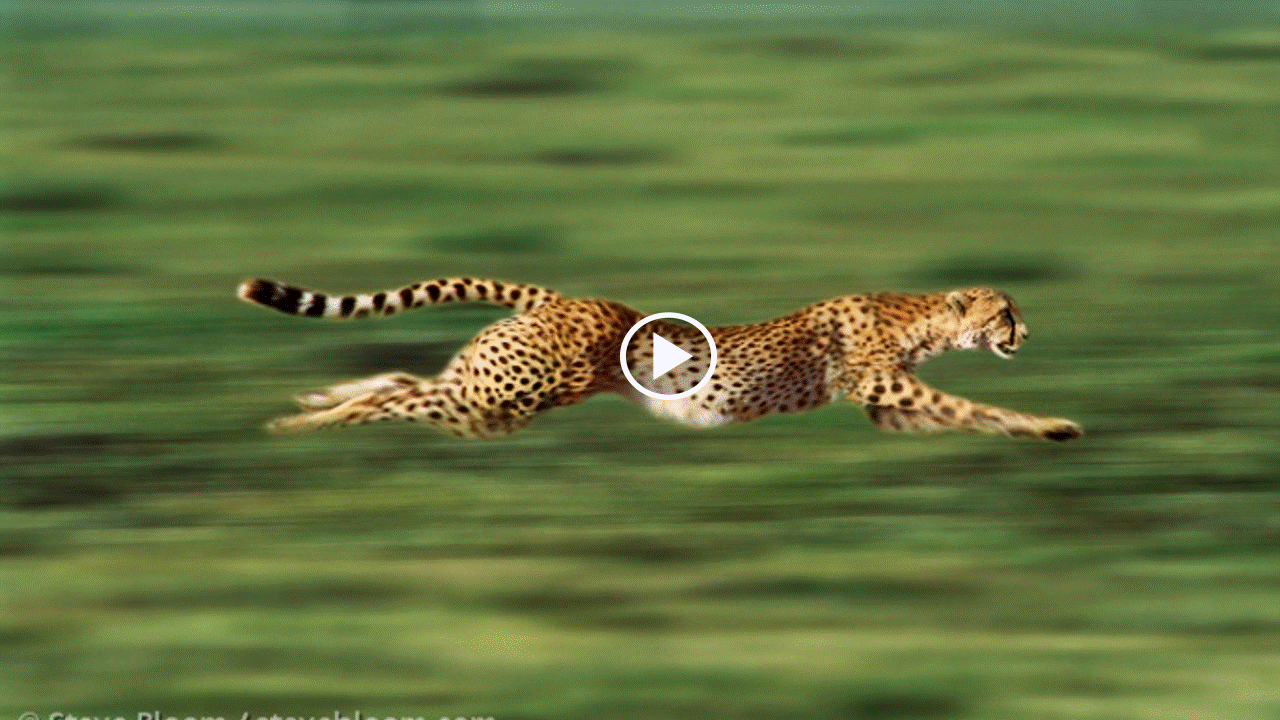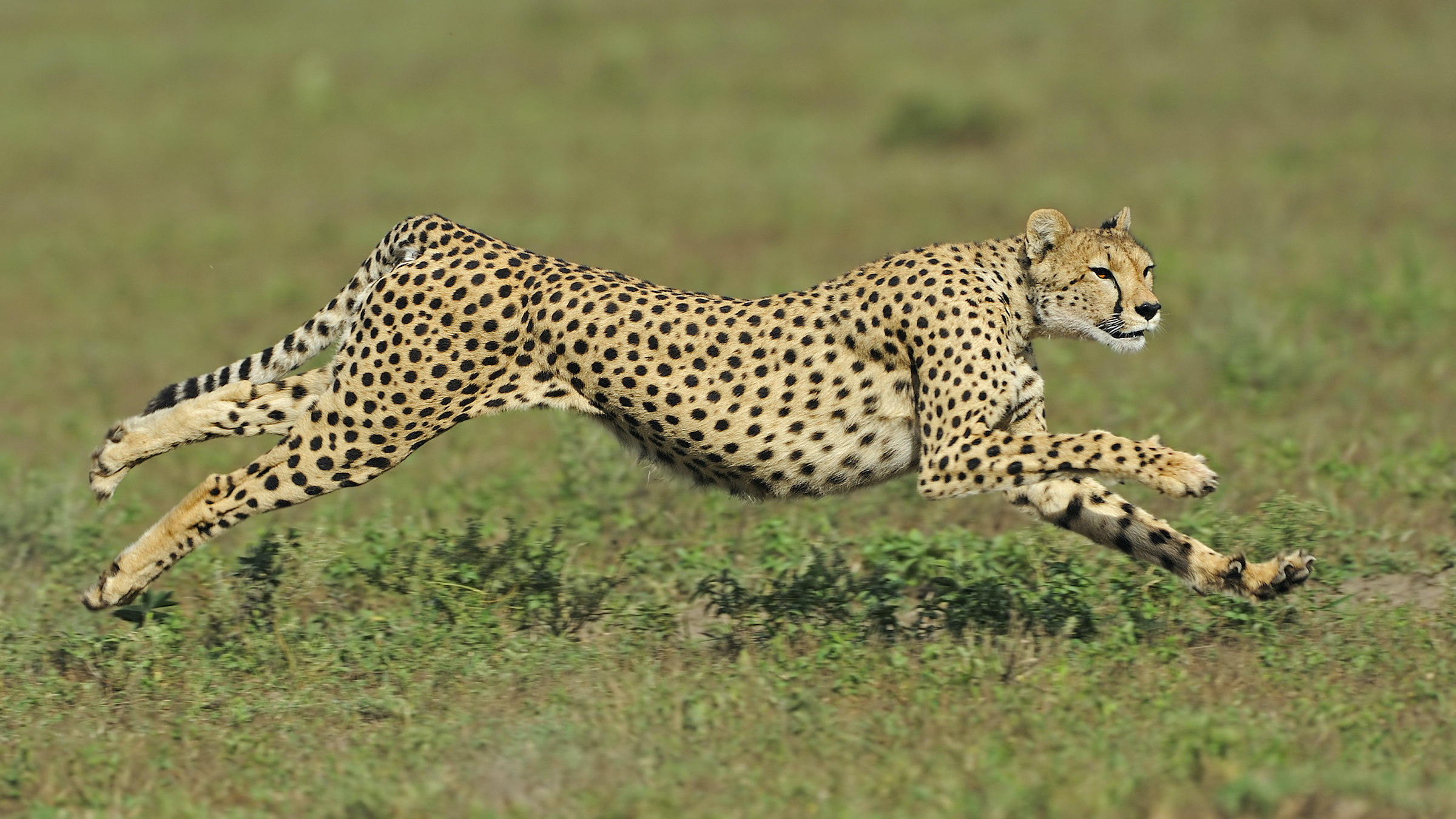Which creature reigns supreme in the realm of speed? The Peregrine Falcon, a feathered marvel of nature, can plummet from the skies at speeds that defy human comprehension, making it the undisputed champion of the animal kingdom.
The world is a tapestry of wonders, and among them, the sheer velocity of certain animals stands out as a testament to evolution's ingenuity. From the depths of the ocean to the vast expanse of the sky, creatures have adapted and evolved, optimizing their bodies for breathtaking bursts of speed. The question often arises: which of these marvels claims the title of the fastest animal on Earth? The answer, as it turns out, is a subject of both wonder and scientific precision.
The Peregrine Falcon, a bird of prey with a global distribution, takes the crown. This avian predator isn't just fast; it's a blur, a feathered missile. During its hunting dives, known as stoops, it can reach speeds exceeding 322 kilometers per hour (200 miles per hour). Some reports even suggest that in ideal conditions, the falcon's velocity can surge past 389 km/h (240 mph). Its streamlined physique, coupled with its powerful wings, allows it to execute these dives with incredible efficiency, making it a true aerial champion.
- Exploring Irreversible A Deep Dive Into Gaspar Nos Controversial Film
- Ji Chang Wook Nam Ji Hyun Exploring Their Relationship
The Cheetah, a resident of the African plains, often enjoys the limelight as the fastest animal on land. While the cheetah is undeniably swift, capable of sprinting from 0 to 60 mph in a matter of seconds, the Peregrine Falcon's diving speed surpasses even the cheetah's impressive ground speed. However, it's crucial to acknowledge that cheetahs can maintain their high speeds over relatively short distances, while the falcon's speed is a function of its aerial hunting technique.
The Black Marlin, an inhabitant of the ocean's depths, enters the conversation as a contender for aquatic speed records. The marine environment presents a unique set of challenges and opportunities for speed. While pinpointing precise speeds for marine animals can be challenging due to the nature of underwater observation, the black marlin is known for its agility and potential for rapid movement. Yet, the reports and recorded speeds of the black marlin are often subject to conflicting data, making the confirmation of its top speed less precise than in the case of other animals.
The following table is for informational purposes only and is not a ranking; the actual rankings can vary depending on the source and the measurement methods used.
- Equations Explained A Comprehensive Guide To Solving
- Online Calculator Instant Easy Plus Maal49 Insights
| Animal | Speed (Approximate) | Notes |
|---|---|---|
| Peregrine Falcon | 389 km/h (240 mph) | Diving speed during stoop. |
| Cheetah | 120 km/h (75 mph) | Fastest land animal, top speed over short distances. |
| Pronghorn | 88.5 km/h (55 mph) | Fastest North American land animal. |
| Black Marlin | Speeds vary, but could be over 80 km/h (50 mph) | Aquatic speed, data can be inconsistent. |
| Golden Eagle | 320 km/h (200 mph) | Diving Speed. |
| Lion | 80 km/h (50 mph) | Top speed when hunting. |
The cheetah's reputation as the fastest land animal is well-deserved. Its body is a marvel of biomechanical engineering, optimized for explosive bursts of speed. The cheetah's slender frame, powerful legs, and flexible spine enable it to accelerate from 0 to 60 mph in mere seconds, a feat that rivals some high-performance sports cars. However, this incredible speed is sustainable only for a limited time, typically a few hundred meters. The cheetah's burst of speed is a strategic tool primarily used to capture prey in open terrain.
The pronghorn, a North American ungulate, presents another facet of speed. This animal is well adapted for traversing the open plains, with a body built for endurance and a top speed that allows it to outrun many predators. The pronghorn's speed is a defense mechanism, enabling it to evade danger in its vast habitat.
Lions, the apex predators of the African savanna, also possess considerable speed, albeit not as great as that of the cheetah. Their powerful builds and hunting strategies enable them to reach speeds of up to 50 miles per hour, making them formidable hunters capable of bringing down large prey. The lions hunting prowess is not solely based on speed, but on teamwork, strategy, and raw power.
The world of speed extends beyond terrestrial creatures and into the aerial realm, with birds like the Peregrine Falcon demonstrating extraordinary abilities. Its diving speed is a result of a combination of factors, including its streamlined form, the force of gravity, and the bird's innate ability to control its body in a high-speed descent. The falcon's remarkable speed serves as a highly effective hunting strategy, allowing it to strike with precision and efficiency.
Humans have long been fascinated by the concept of speed. We have developed technology that can simulate and even surpass the speeds achieved by animals. From the fastest human runners, like Usain Bolt, who reached a top speed of 27.8 mph, to the development of high-speed vehicles, we have consistently sought to push the boundaries of velocity. The Olympic record of Usain Bolt serves as a symbol of human endeavor, while technological advances have enabled the creation of machines capable of incredible speeds.
The study of animal speed also reveals insights into evolutionary adaptations, biomechanics, and the interplay between species and their environments. Animals have evolved specific physical characteristics and behavioral strategies that optimize their speed. These adaptations are the result of natural selection, the survival of the fittest. The cheetah's long legs and flexible spine, the falcon's streamlined body, and the pronghorn's endurance are all prime examples of evolution at work.
The concept of speed is not limited to a single factor, as it involves different metrics. The fastest speed in a straight line, as seen in the Peregrine Falcon's dive or the cheetah's sprint, is one measure. Endurance is another, which is evident in the pronghorns capability to cover great distances at a sustained high speed. These variables contribute to the unique profile of each animal's speed capabilities.
Examining the fastest creatures on Earth provides insight into the diversity of life and the extraordinary capacity of animals to adapt to their environments. Whether its the Peregrine Falcon, the Cheetah, or the Black Marlin, their speed reflects the ongoing story of evolution and adaptation.
The exploration of animal speed provides a platform for learning about diverse species, their adaptations, and the intricate balance of nature. It underscores the importance of respecting and protecting the natural world, which is filled with remarkable creatures and phenomena.
- Ins Lagdiri From Tennis Player To France Tv Sports Star
- Filmyflyday Low Trust Score What You Need To Know Beware


